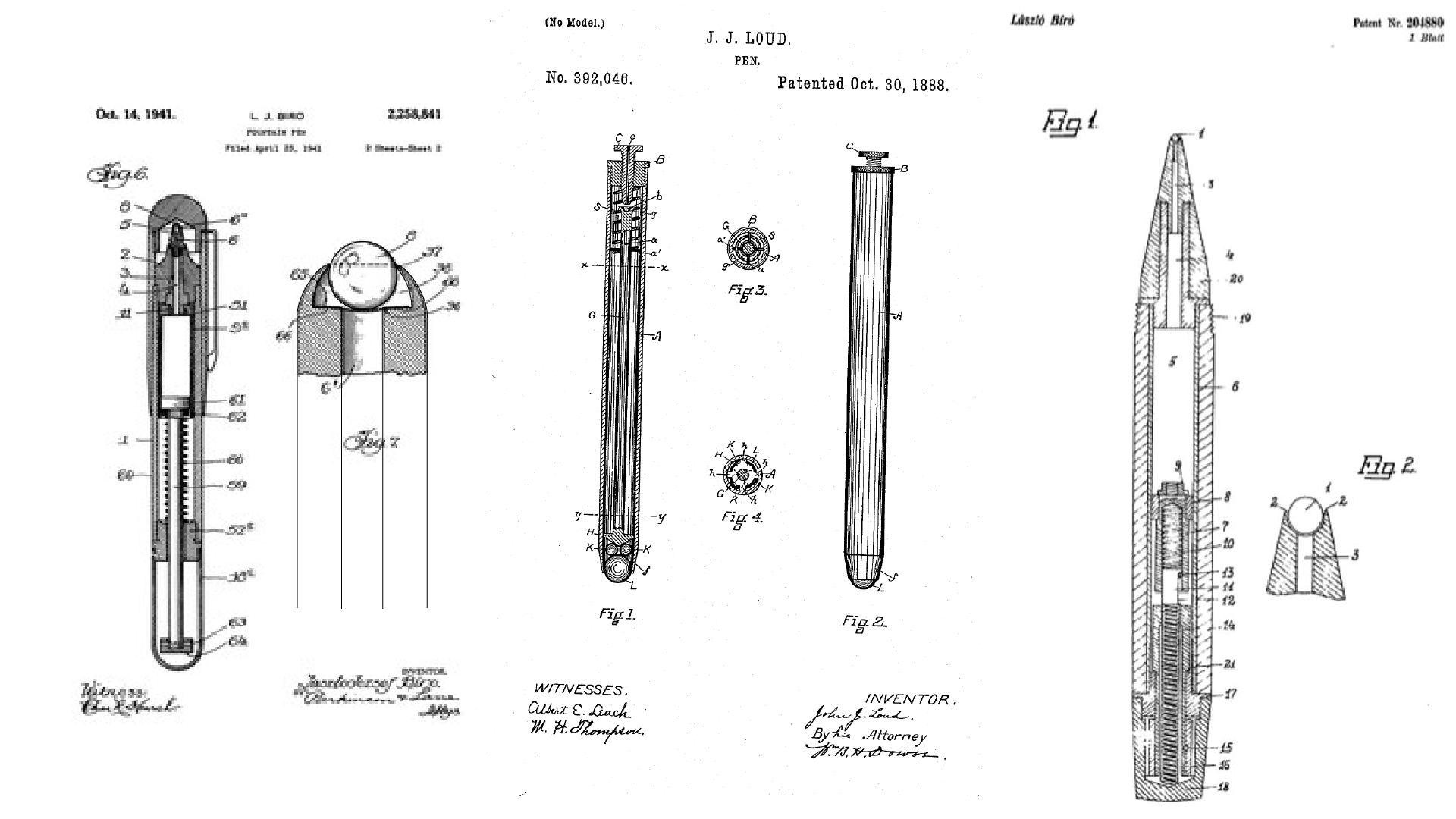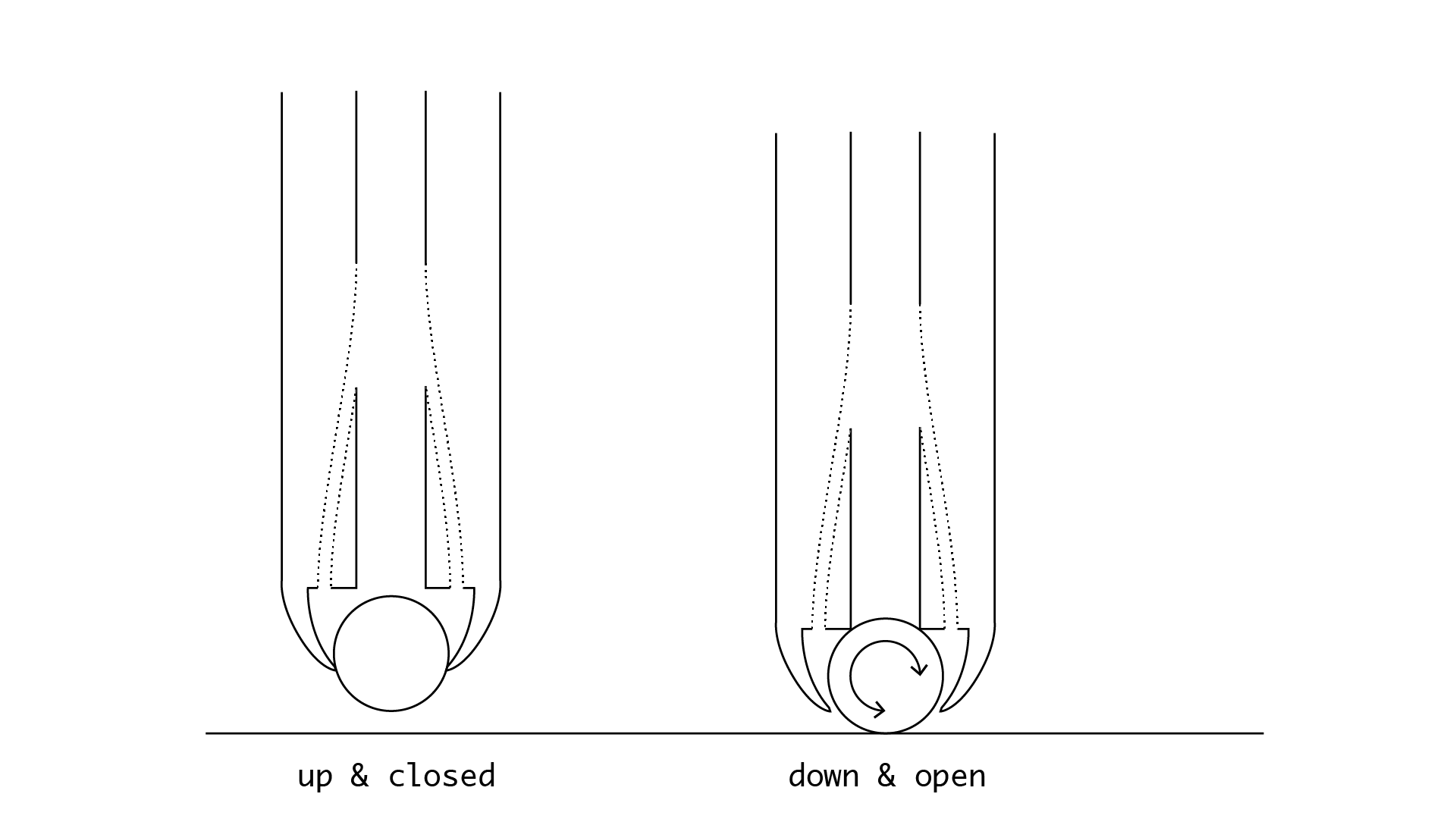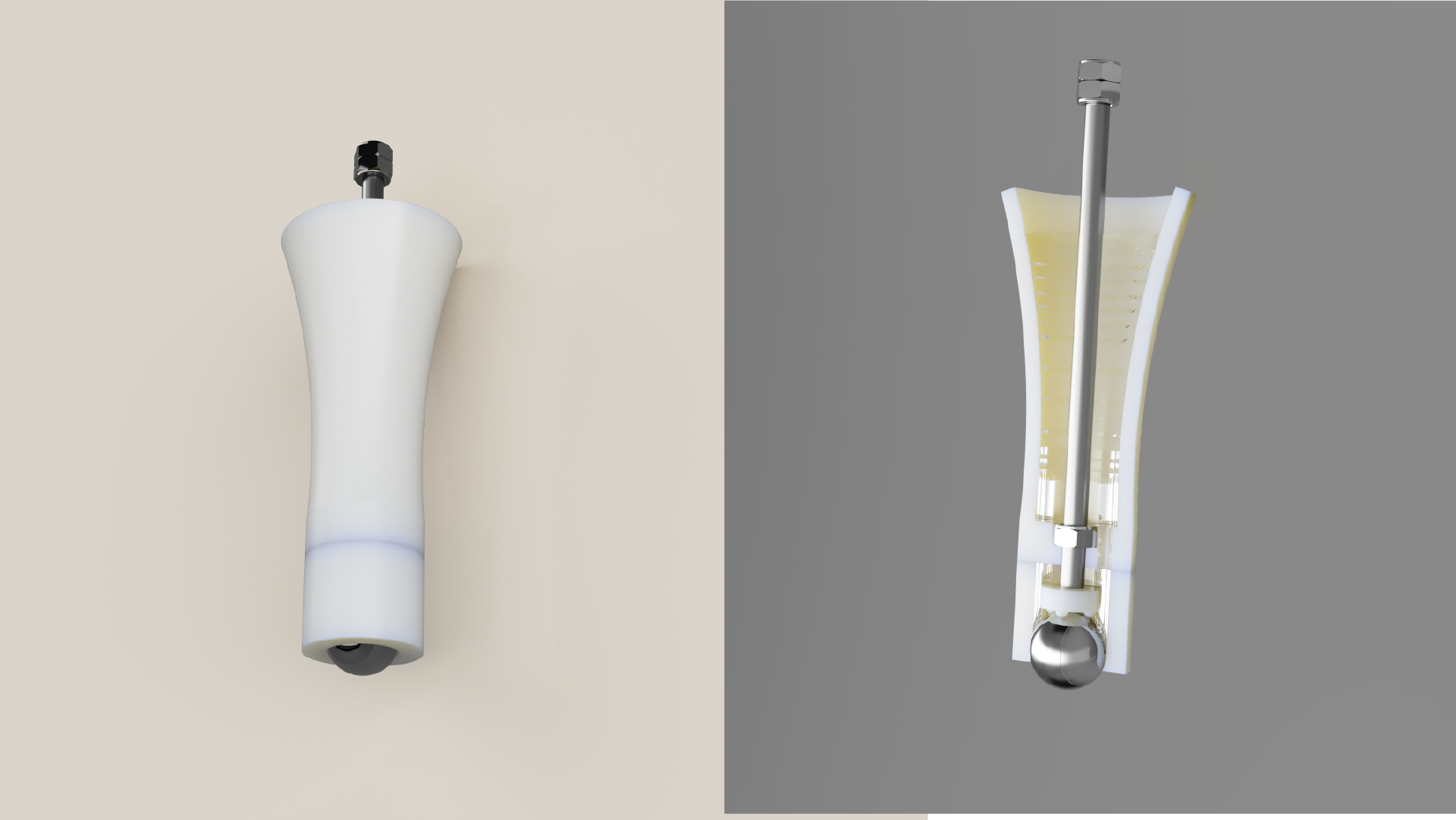Textile Drawing Machine¶
Concept¶
Storytelling¶
Title :¶
the emotional clothing factory
Description :¶
An open micro-factory where the consumer is involved in the design of his garment, charged with emotions and locally anchored.
What :¶
The micro-factory places the consumer at the center of the creative work, using sensors, we will measure their measurements but also their emotions (heart rate, breathing, temperature ...) to digitally convert them into a unique and ultra personalized pattern. matched with a garment pattern to the exact measurements of the client.
The pattern is sent to the machine which will print it in reserve of wax or direct inks. The customer can make his ink or dye bath from local natural resources, from food waste (carrot tops, skin and avocado pit, onion peel, etc.) or cultivated on site from algae or bacteria.
The drawing also includes the tracing of the pattern of the garment, that will have been designed to use all the width of the fabric, so that no waste is generated at this stage.
The last step is the making of the garment, the client can choose to have it made, or else be accompanied to sew it himself.

Why :¶
The micro-factory opens the door to the 4th industrial fashion revolution. This solution sees humans as key to initiating the necessary change.
For the consumer, the micro-factory brings the experience and the transparent information of where the product comes from. By placing the customer as an actor from the design to the manufacturing of the garment, we raise awareness, and we make him responsible. The ultra-personalization of his garment and his experience during its manufacture, lead him to rethink and change his relationship to his consumption. The bond woven with his clothing makes it a product full of meaning and history, a pledge of values, of attachment and therefore a more sustainable product.
For the manufacturer, this is an opportunity to create something that makes sense and to contribute to an ecosystem that changes the world with a positive impact on the environment and people.
Where today, a garment can go around the planet several times before being worn, the micro-factory brings together, in one place, the entire cycle of making a garment. By eliminating transport between each stage of production, we reduce its carbon footprint. By imagining zero waste design garment patterns, we limit the impact of our waste on the planet. The history of the color of a garment has to be reinvented. Using local resources, food waste and biological innovations to rethink the making of color, we make natural inks with no impact on the environment and the people who make or wear them.
Put in the foreground traditional techniques, the work of patience and the relationship to time to produce meaningful clothes. Supported by the use of new technologies, we show that eco-responsibility is not contrary to a form of technological progress.
How :¶
This micro-factory is a combination of people, machine, platform and sharing of knowledge peer to peers to create a real global alternative model. A online platform will bring together the necessary tools, so that more and more people will take over the project. These online tools will help you understand the subject, train yourself to build the machines, set up your micro factory, develop a business, with shared marketing tools. Exchanges within the community will be strongly encouraged so that knowledge and good practices can circulate freely.
By relocating these micro-factories as close as possible to the consumer, we create a local and circular economy.
Build the machine¶
- [x] List of materials - spreadsheets here
- [x] Buy all the componnents
- [ ] Assemble - how-to here
- [ ] Test
Make new drawing toolhead¶
Wax¶
- [x] Buy Electric Tjanting Tool
Ballpoint pen inspired¶
- [x] Research
- [x] Design
- [x] 3D print
- [x] Test
- [ ] Final tool + other size ball
Research¶

Design¶


3D Print¶
Test¶
For this first test, I make ink with colored water + few guar gum > liquid state = works well. Then I tried adding more guar gum to get a thickier consistency, not so good, the ball did'nt roll regular.
Control the machine¶
Marlin¶
Pronterface¶
Pattern design interface¶
- [ ] Storytelling
- [x] Research on Processing > to Gcode
- [ ] Make an User Interface
Storytelling in fabric¶
Vietnam, Hmong
Mali, Bogolan or "Mud cloth"
Research on Processing > to Gcode¶
I've found a very useful tutorial from Alberto Giachino, on his website Code Plastic.
What is Gcode? Gcode with Processing - Part 1 Gcode with Processing - Part 1
Here is the Github public repository of Code Plastic.
Then I found the exact process I was looking for :
A Processing Boilerplate with Gcode Export
About geomerative library for Processing & Examples
Script export Gcode form Illustrator¶
Convert Adobe Illustrator to G-code panel V2.0
Inks / Reserve bio materials¶
- [ ] Research
- [ ] Make natural inks
- [ ] Wax / Rice / Argile
and if time :
- [ ] Make a wearable to generate personnal pattern (like the Sorting Hat in Harry Potter)
- [ ] Research on direct commande with the machine